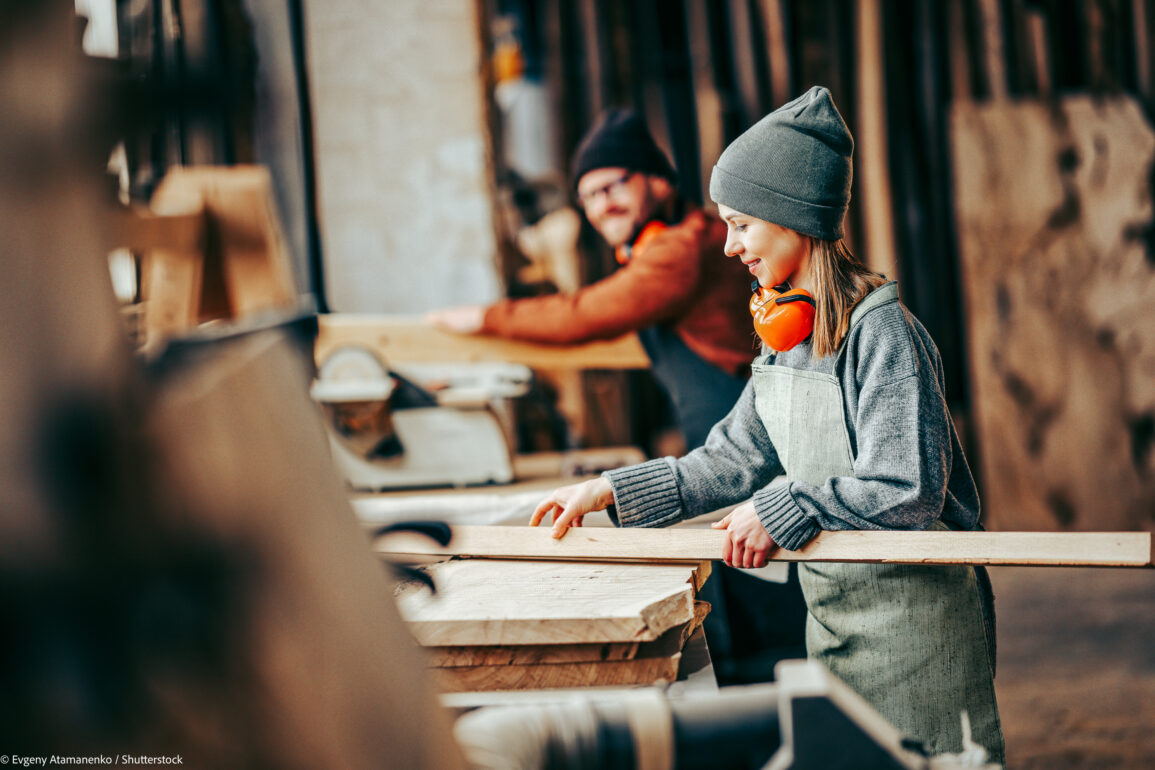If you haven’t been in Sweden for long, you might be unaware of the ROT/RUT tax deduction.
The deduction allows you to save 30-50% on labour costs when buying services for repairing or cleaning your house.
What are ROT and RUT deductions?
You might have come across the Swedish words “ROT-avdrag” and “RUT-avdrag”. “Avdrag” means deduction, so the words simply mean ROT deduction and RUT deduction.
ROT stands for “reparation, ombyggnad och tillbyggnad” meaning repairs, conversion and extension.
RUT stands for “rengöring, underhåll och tvätt”, meaning cleaning, maintenance and laundry.
When you hire someone to do these types of jobs around your home, you can get a tax deduction for the labour cost. It can make for a very handy way of saving a little money. The ROT and RUT deductions together can reach up to 75,000 SEK per person per year. However, the ROT deduction on its own can only reach 50,000 SEK per year.
Companies providing ROT services can deduct up to 30% of labour costs, whereas companies providing RUT services can deduct up to 50% of labour costs.
Which services are included in ROT?

Repairs
Polishing or changing the floor or roof, setting tiles, changing or repairing doors, changing and repairing facades, gutters, or roof tiles, repairing or maintaining entrance stairs or balconies.
Conversion and extension
Tearing down walls, adding an extension to the house e.g., another house, a storage room, or a garage (at least one side of the extension must be connected to the main house), building a balcony that is connected to the house, building and repairing indoor pools.
Other services
Electricity work, work on windows, digging, masonry, painting and wallpapering, heating, related cleaning.
Which services are included in RUT?
Here are some of the services you might be able to get a RUT deduction for. The full and comprehensive list can be found on the Swedish Tax Agency’s website, skatteverket.se. Make sure to check the website before you make plans.
Childcare, repairing/installing/maintaining broadband and IT services, moving and packing, transport to sale for reuse, furnishing, caring for a person, repairing appliances, shovelling snow, cleaning, washing, mending and sewing, gardening
What are the requirements?
Naturally, there are quite a few requirements that you must meet to be eligible for the ROT/RUT deduction.
When you hire someone to deliver the service, you have to:
Be 18 years or older by the end of the tax year, be fully liable for tax during the tax year, have expenses incurred for ROT/RUT services, own the housing unit, co-operative flat or freehold apartment (“småhus”, “bostadsrätt” or “ägarlägenhet” in Swedish) where the service is delivered, and use it as a residence.
The company offering the service can not be a closely related person to you (e.g., a spouse, a parent, a grandparent, offspring, a sibling, or the spouse/offspring of a sibling), not be yourself, and has to be F-skatt approved if the work is taking place in Sweden.
How to use ROT and RUT
There are a few steps you need to follow if you want to take advantage of the ROT or RUT deduction.
1. Plan the work
Double-check that the exact type of service you’re buying gives you the right to the tax deduction. Also, make sure you are paying enough tax to be eligible for the ROT/RUT deduction.
2. Meet with the company
The next step is to come to an agreement with the company providing the service. Discuss the terms for the work and the deduction of cosrs that you will be leigible for and ensure that the company meets the requirements mentioned above
3. Pay for the service
When it is time to pay, the company you hire should make a deduction on your invoice. Only the labour cost can be reduced. Costs for material and other things are not included in the ROT/RUT deduction. You must pay electronically to qualify for the RUT deduction. Approved electronic payments include payments by card, Bank-ID, Swish and payments using pay-in forms.
4. When the work is done
When the work has been completed, the company will apply for a reimbursement from the Swedish Tax Agency. It is not your responsibility, which means that as soon as you’ve provided the company with the correct information and paid the full invoice, you’re done! Congratulations! The work is done, your house looks better and money has been saved!




